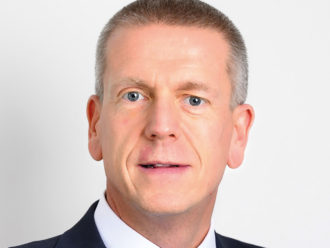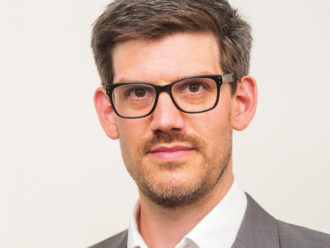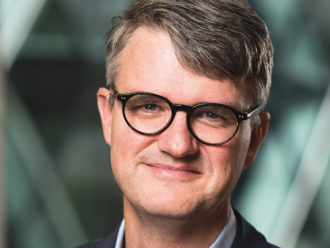Do you see some assets being run in-house as a result of the changes?
In short, no. We feel the expertise to do a lot of this work sits with the asset managers that we have employed. The one area that we have brought partially in-house is our exposure to private equity and that’s been largely driven by a couple of issues. One is the move away from fund of funds-type instruments within the LGPS, largely driven by reducing costs. And the other is we feel confident of being able to find these opportunities ourselves and to make a few, significant allocations. So our portfolio in private equity will become more concentrated.
Are there criteria for those investments?
This is an area where we are applying sustainable capitalism concepts, where the funds selected provide strong, often double- digit financial returns, but are also proactively contributing to long term social, environmental or economic benefit. This might be through job creation or innovative ways of delivering goods and services using fewer resources, usually therefore contributing to our climate change work as well. To date, we have made three investments in that space. We’ve got the Climate Solutions Fund, run by Generation Fund, which does what it says on the tin. We have
made an investment with Bridges Ventures, which is a real estate private equity fund that looks at making investments in under-served areas, so very much driving economic development and employment and socially responsibility in those investment areas. The third is a venture capital firm based in San Francisco called the Double Bottom Line, which again looks at innovations
and people – they supported Elon Musk’s development of Tesla Motors, working with him to ensure manufacturing jobs stayed local. They have very much put sustainability at the heart at how they select or invest in companies, thinking much more broadly beyond the environmental issues, about how an organisation is handling human capital within their remit.
So how big an allocation are we talking about?
Total allocation for private equity is about 5% of the portfolio and we are looking to build it up by allocating to two to three funds a year, in the region of half to 1% of the fund. So quite sizeable contributions of anywhere between £15m to £30m. But we are being very particular about it. We are looking for just two to three compelling opportunities a year.
Did you consider engagement before settling on the divestment approach?
Engagement is quite a core part of what we are committed to do. Where we have significant exposure and the assessment of the company suggests that there is potential for success and we think there is potential for the company to address the issue, then engagement is obviously a sensible strategy. Disinvestment has been a smaller part of our approach, largely because we have been
already underweight fossils for some time. Disinvestment has been applied as part of our risk based review of our passive portfolios, where we have exited very small, less diversified holdings where the potential for transition was lower.



